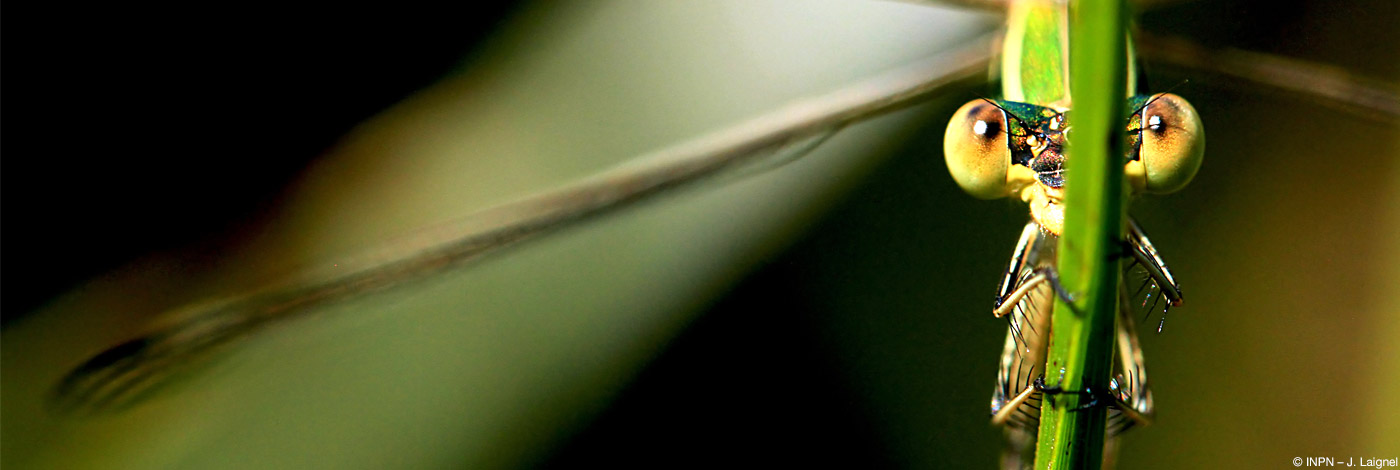

 Naturae
2020 (16) - Pages 225-230
Naturae
2020 (16) - Pages 225-230Understanding and predicting the consequences of global environmental changes (climate and land use change, atmospheric deposition, alien invasions) on biodiversity and ecosystem functioning are among the main scientific research topics. In the Alps, the rise in temperatures currently observed is twice as great as that observed in the plains. The monitoring of these modifications is to be favored in protected areas. The long-term survival of national parks and the presence of qualified agents on the territory are elements facilitating the implementation of operational studies on these exceptional territories. Through two examples developed within the Ecrins National Park, we present two distinct protocols for the study of global changes and integrating continental mollusks as an indicator of these evolutions. The first of these measures concerns the establishment of altitudinal transects allowing the characterization of malacological populations (specific diversity and abundance) integrated within a multi-partner research system, ORCHAMP, in which physical (climate, soil, land use) and biotic measurements are conducted to better understand, in time and space, the dynamics between climate, land use and biodiversity of the mountain ecosystems. ORCHAMP is coordinated by the Laboratoire d’Écologie Alpine (LECA), as part of the Zone Atelier Alpes, a French eLTER site. The second device concerns a study protocol on the biological dynamics of the ice margins initiated within the framework of the European program ALCOTRA “CclimatT” whose objective is to apprehend the organisms and communities of organisms that colonize areas recently liberated from ice cream at the Quaternary level. Through these two examples, continental mollusks are integrated in the framework of multidisciplinary research privileging the understanding of local dynamics from a multi-taxon approach. The framework of these studies as well as the methods employed are presented in order to concretely illustrate the use of malacofauna as a marker of global changes.